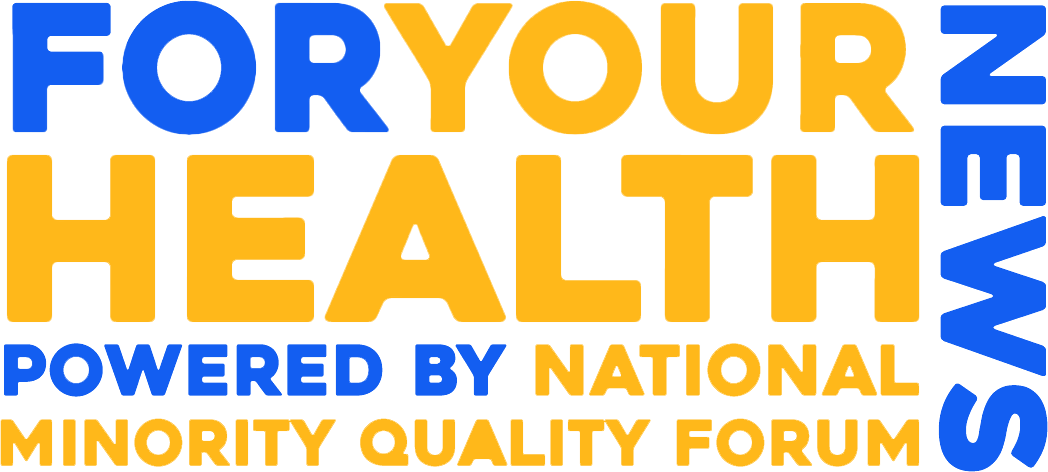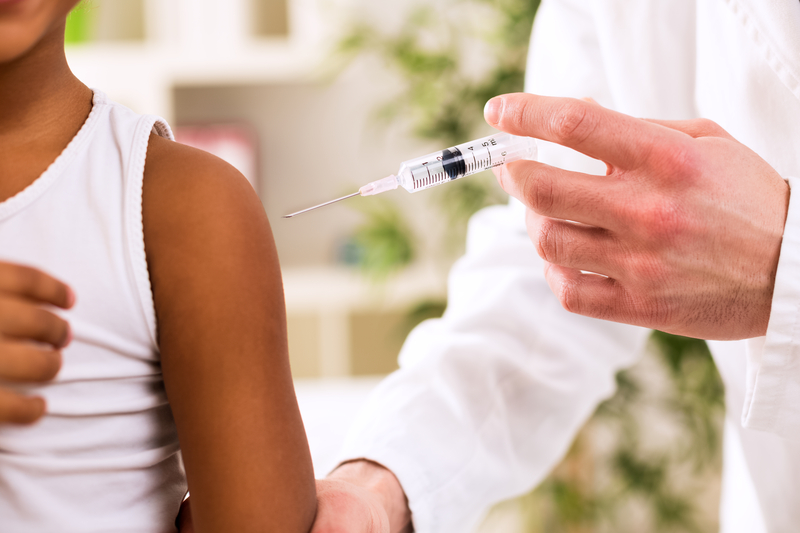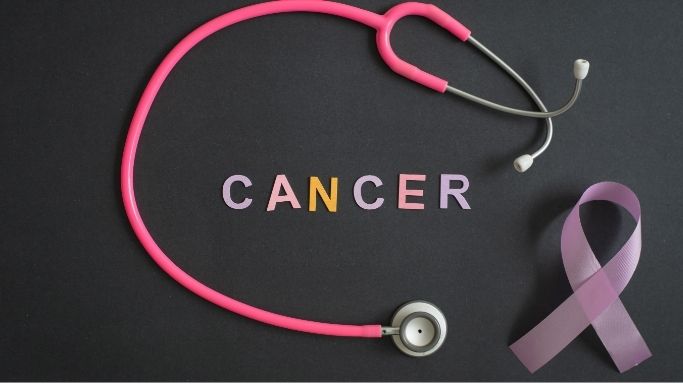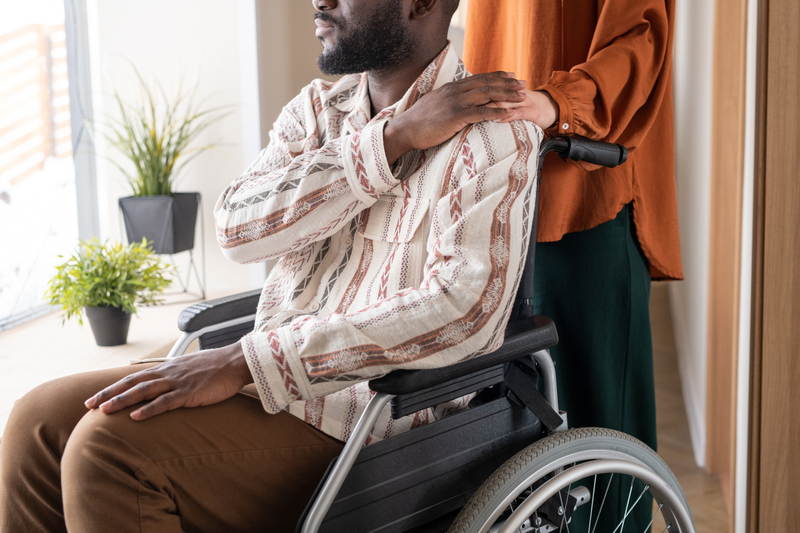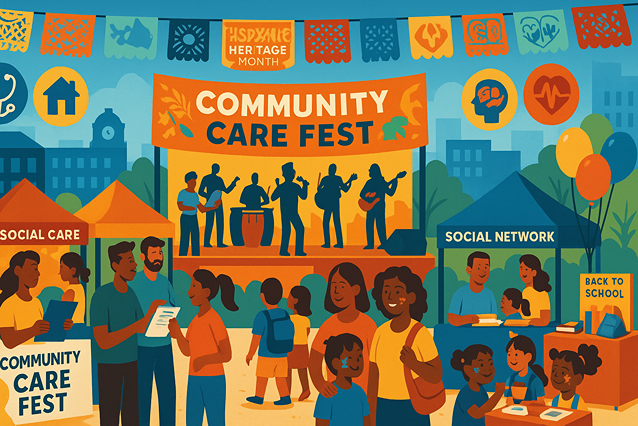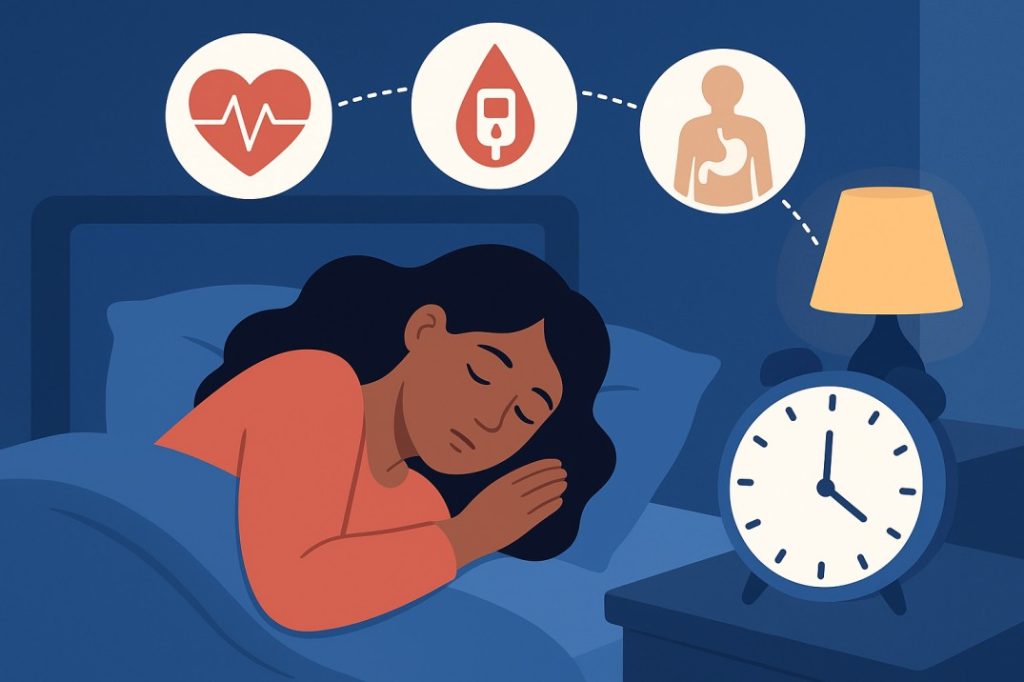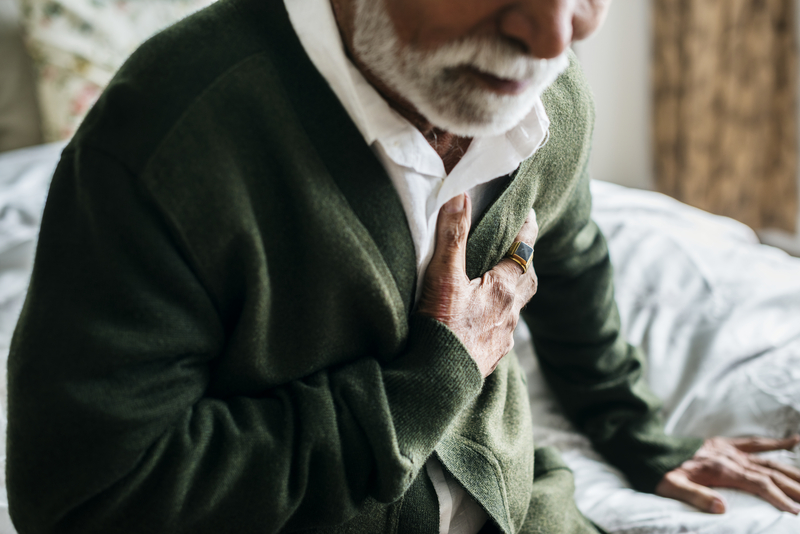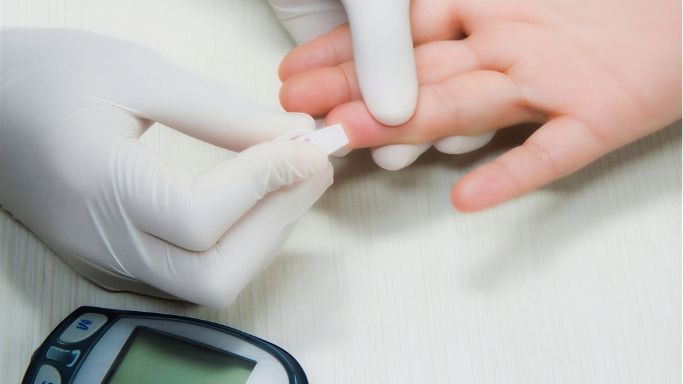Pacific
An Intermountain Health physician and leader works to tackle diabetes among Indigenous populations in the South Pacific
…s leaders continues to be a driving force in helping to address diabetes among indigenous communities.
Dr. Rob Ferguson, chief medical offic...
Disparities in Breast Cancer Treatment and Reconstruction Among Native Hawaiian and Pacific Islander Women: Systematic Review and Meta-Analysis
Background:
Native Hawaiian and Pacific Islander (NHPI) women experience significant disparities in breast cancer treatment and outc...
Native Hawaiian and Pacific Islander Adults Suffer Second Highest Cardiovascular Death Rate in the US
Native Hawaiian and Pacific Islander Adults Suffer Second Highest Cardiovascular Death Rate in the US
Source link
Impact of More Detailed Measures of Disease Severity on Racial Disparities in Cardiac Surgery Mortality among Native Hawaiians and Pacific Islanders
Studies that examine racial disparities in health outcomes often include analyses that account or adjust for baseline differences in co-morbid cond...
Risk of Incident Asthma among Young Asian American, Native Hawaiian, and Pacific Islander Children from Age 3 to 7 years in a Northern California H...
doi: 10.1016/j.jpeds.2023.113802.
Online ahead of print.
Affiliations
Expand
...
Maternal study in Native Hawaiian, Pacific Islanders fills health research void
Every year between 50,000 and 60,000 women in the U.S. suffer severe maternal morbidities such as kidney failure, eclampsia or other unexpected out...
Trending Topics
Features
- Drive Toolkit
Download and distribute powerful vaccination QI resources for your community.
- Health Champions
Sign up now to support health equity and sustainable health outcomes in your community.
- Cancer Early Detection
MCED tests use a simple blood draw to screen for many kinds of cancer at once.
- PR
FYHN is a bridge connecting health information providers to BIPOC communities in a trusted environment.
- Medicare
Discover an honest look at our Medicare system.
- Alliance for Representative Clinical Trials
ARC was launched to create a network of community clinicians to diversify and bring clinical trials to communities of color and other communities that have been underrepresented.
- Reducing Patient Risk
The single most important purpose of our healthcare system is to reduce patient risk for an acute event.
